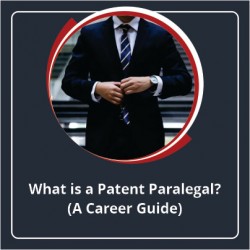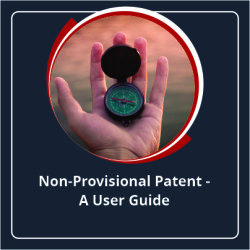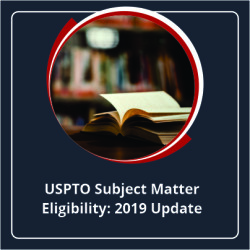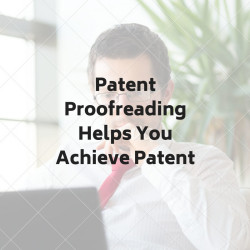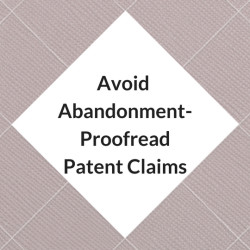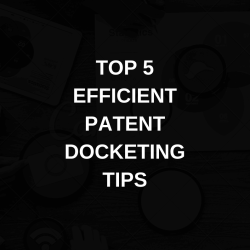What is a Patent Paralegal? (A Career Guide)
During a patent prosecution process, you might have thought “ What is a patent paralegal ” Is there a career for me there?” First, you must understand what is a patent paralegal ? Then, you must understand their responsibilities. This will serve as a career guide for aspirants wanting to become a patent paralegal. The[…]

